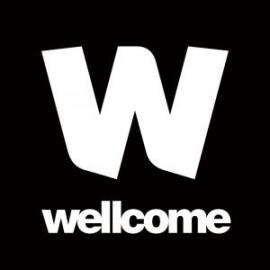- View more resources from this publisher
 University of Roehampton
University of Roehampton - View more resources from this publisher
 University of Lincoln
University of Lincoln - View more resources from this publisher
 York St John University
York St John University - View more resources from this publisher
 Wellcome Trust
Wellcome Trust - View more resources from this publisher
 Kyra Teaching School Alliance
Kyra Teaching School Alliance
Plate tectonics - R2P
This resource provides a lesson plan describing how to use slow motion animation (slowmation) to teach plate tectonics. It gives ideas on how to deliver the task along with the key questions to ask to ensure understanding and suggested software to use for the animation.
The research summary discusses how pupils find it difficult to understand the concept of plate tectonics and are not interested in learning about the topic. It also suggests that the use of pupil collaboratively constructed animations helps them engage more in their learning and develop a deeper understanding of the science as the animation needs to be: planned, chunked, sequenced, constructed and re-constructed.
By the end of the lesson pupils should be able to:
- describe the nature and movement of tectonic plates
- explain the formation of land at tectonic plate boundaries
- differentiate between tectonic plate boundaries
This resource is part of a collection of research informed secondary science lesson plans produced as part of the Research-2-Practice (R2P) project undertaken by research teams at the University of Roehampton, University of Lincoln, York St John University and KYRA research school, between 2020 and 2021, which was funded by Wellcome.
The overall aim of the project was to enhance the quality of teaching and learning in science by giving time-pressed teachers quick and easy access to relevant research to inform their practice and provide exemplar lesson plans to show how the research could be used in the classroom. More resources can be found here.
Show health and safety information
Please be aware that resources have been published on the website in the form that they were originally supplied. This means that procedures reflect general practice and standards applicable at the time resources were produced and cannot be assumed to be acceptable today. Website users are fully responsible for ensuring that any activity, including practical work, which they carry out is in accordance with current regulations related to health and safety and that an appropriate risk assessment has been carried out.
Downloads
-
Plate tectonics - lesson plan 81.82 KB
-
Plate tectonics - research summary 120.47 KB




